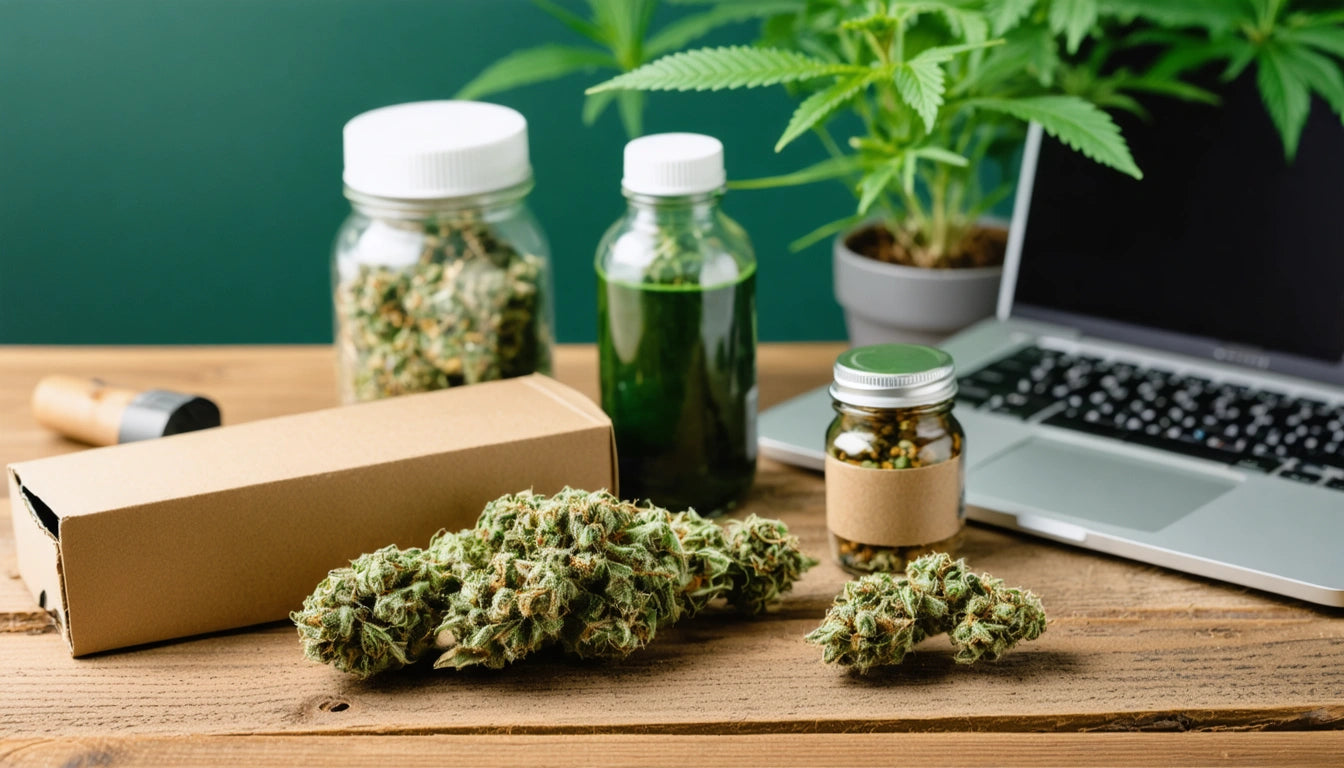Table of Contents
For cannabis startups, navigating the initial packaging approval process can be the difference between a successful launch and costly delays. With regulations varying significantly across jurisdictions, understanding compliance requirements before finalizing packaging designs is critical to avoid rejections, fines, and inventory issues.
Understanding the Regulatory Landscape
Cannabis packaging regulations differ dramatically between states, provinces, and countries. Before designing packaging, startups must thoroughly research the specific requirements in their target markets. The overview of US cannabis packaging regulations by state highlights these variations, from California's strict warning requirements to Colorado's universal symbol mandates.
For those operating in Canada, the federal and provincial packaging rules are even more stringent, with plain packaging requirements that severely restrict branding opportunities. Understanding these nuances early saves significant redesign costs later.
Essential Compliance Elements for Initial Approval
Child-Resistant Packaging
Nearly all jurisdictions require child-resistant packaging for cannabis products. These standards vary between the US and Canada, as detailed in this comparison of child-resistant standards. In the US, packaging must generally meet the CPSC's 16 CFR 1700 standard, while Canada follows ISO 8317 or equivalent standards.
Warning Symbols and Text
Required symbols, health warnings, and languages differ across markets. Some jurisdictions mandate universal THC symbols, while others require specific warning text about pregnancy, driving, or addiction risks. This comparison of labeling requirements provides a helpful overview of these variations.
Product Information Requirements
All compliant packaging must include:
- Cannabinoid content (THC/CBD percentages or mg)
- Net weight/volume
- Batch/lot numbers for traceability
- Manufacturing and packaging dates
- Company information and license numbers
The Submission Process: What to Expect
The approval timeline varies significantly by jurisdiction. Some states require pre-approval of all packaging before products can be sold, while others rely on spot checks and enforcement. Generally, the submission process includes:
- Preparation of packaging mockups with all required elements
- Submission of child-resistance certification documentation
- Provision of material safety information
- Payment of application fees (where applicable)
- Review period (typically 2-8 weeks depending on location)
- Feedback or approval notification
Many startups underestimate the time required for this process, leading to launch delays. Building a 60-90 day buffer into your timeline is recommended, especially for first-time submissions.
Common Reasons for Packaging Rejection
Understanding why packaging submissions get rejected helps startups avoid common pitfalls. According to common compliance mistakes, the most frequent reasons for rejection include:
- Insufficient child-resistance documentation
- Missing or incorrectly formatted warning statements
- Improper font sizes for required text
- Attractive elements that could appeal to children
- Claims regarding health benefits or effects
- Imagery that violates specific state restrictions
Visual examples comparing compliant versus non-compliant packaging can help startups identify potential issues before submission.
Working with Compliance-Ready Suppliers
Many cannabis startups find value in partnering with experienced packaging suppliers who understand regulatory requirements. These tips for working with compliance-ready suppliers highlight how the right partner can streamline the approval process.
When evaluating suppliers, look for:
- Experience with your specific market's regulations
- Ability to provide child-resistance certification
- Knowledge of material restrictions
- Templates for compliant label layouts
- Flexibility to adapt to regulatory changes
A knowledgeable supplier can often flag potential compliance issues before they become costly problems during the official review process.
Preparing for Long-Term Compliance Success
Initial approval is just the beginning of an ongoing compliance journey. Regulations change frequently, as highlighted in key changes to watch in cannabis packaging laws. Startups should establish systems to track regulatory updates and prepare for evolving requirements.
Implementing compliance software and tools can help manage this complexity, especially as your product line expands. Additionally, preparing for packaging audits should be part of your operational planning from day one.
By taking a proactive approach to compliance, cannabis startups can transform what many see as a regulatory burden into a competitive advantage, ensuring smoother market entry and building trust with both regulators and consumers.











Leave a comment
All comments are moderated before being published.
This site is protected by hCaptcha and the hCaptcha Privacy Policy and Terms of Service apply.